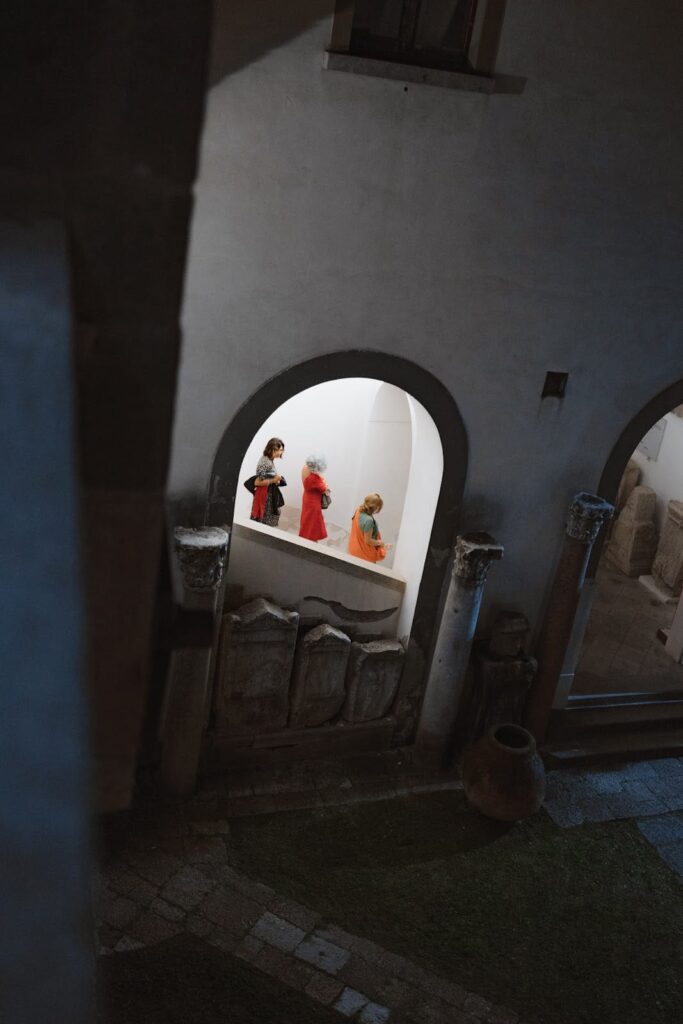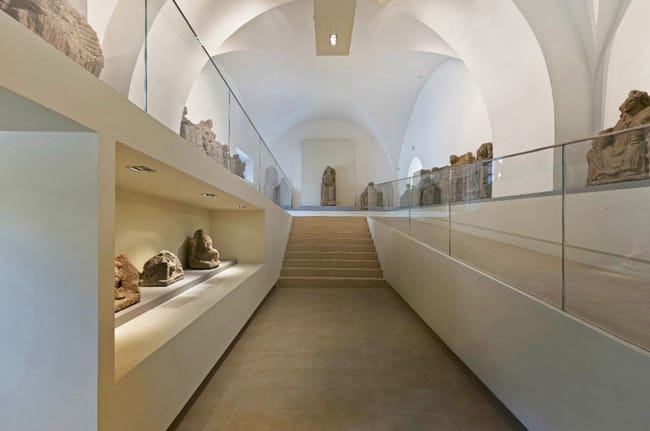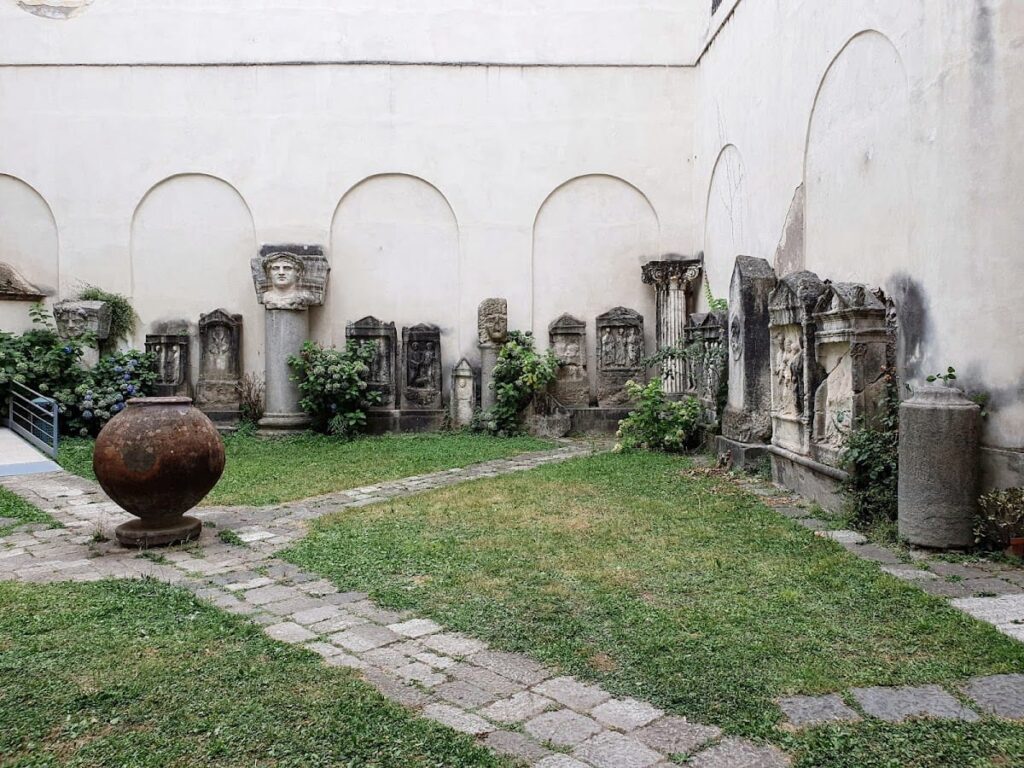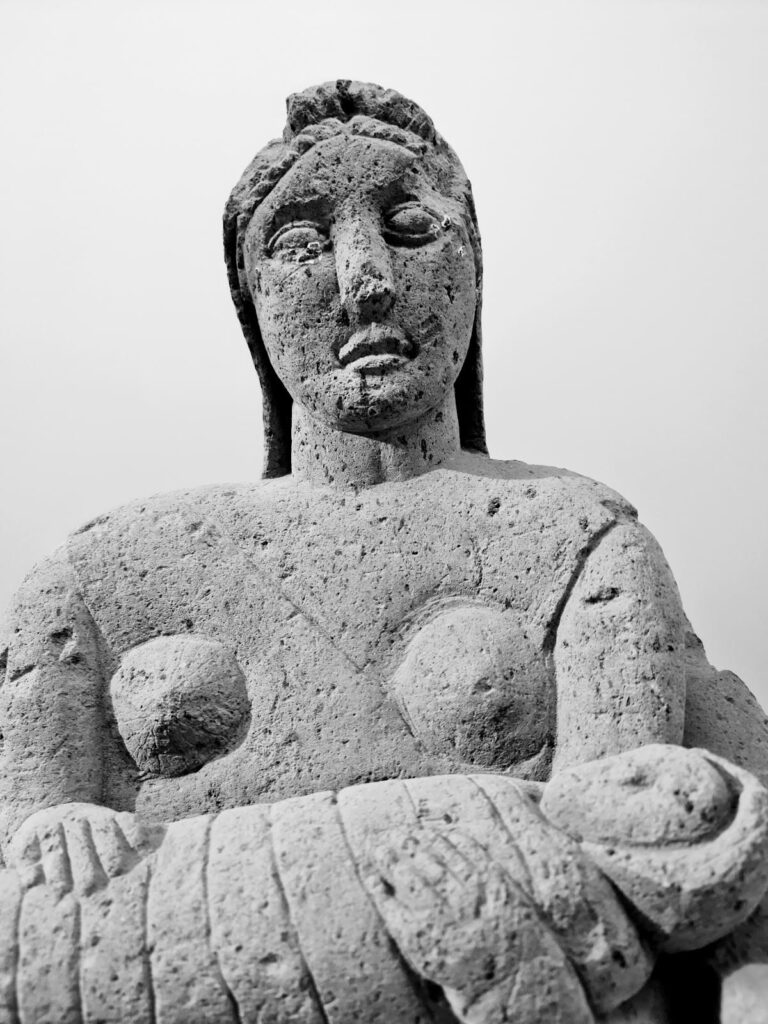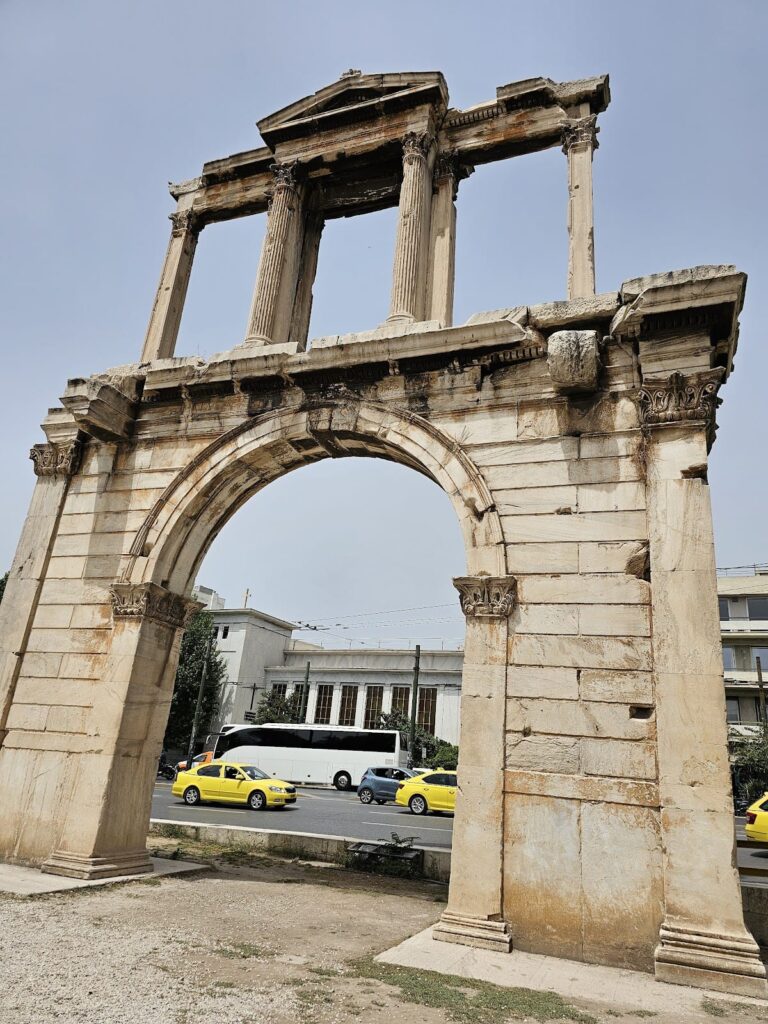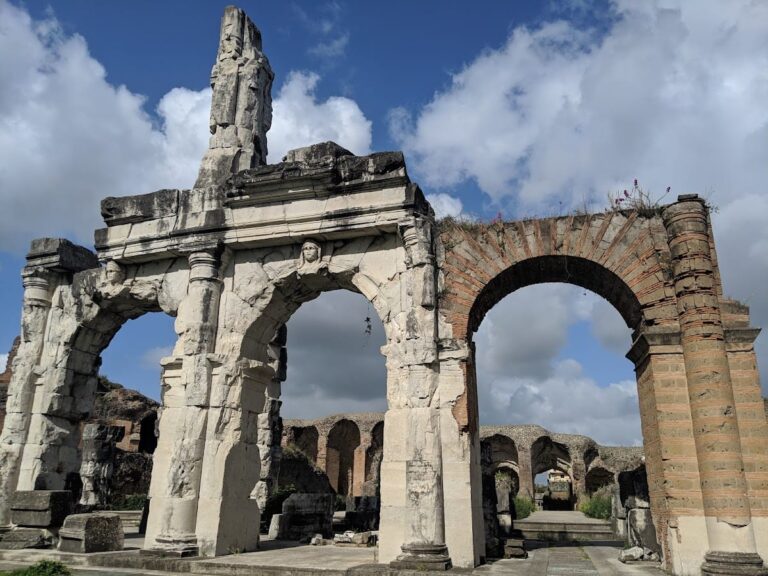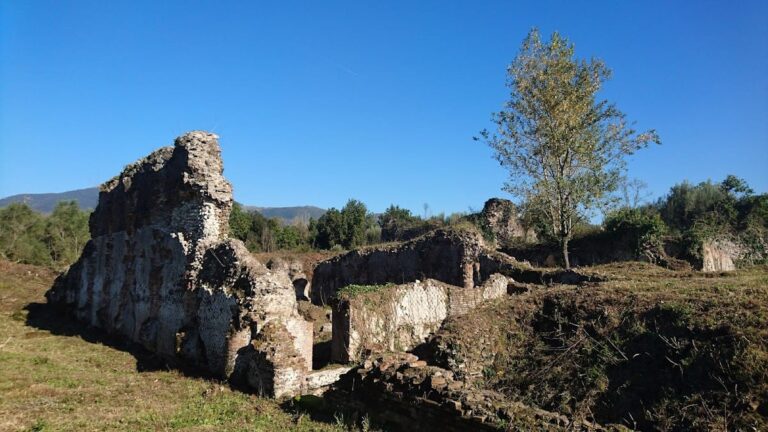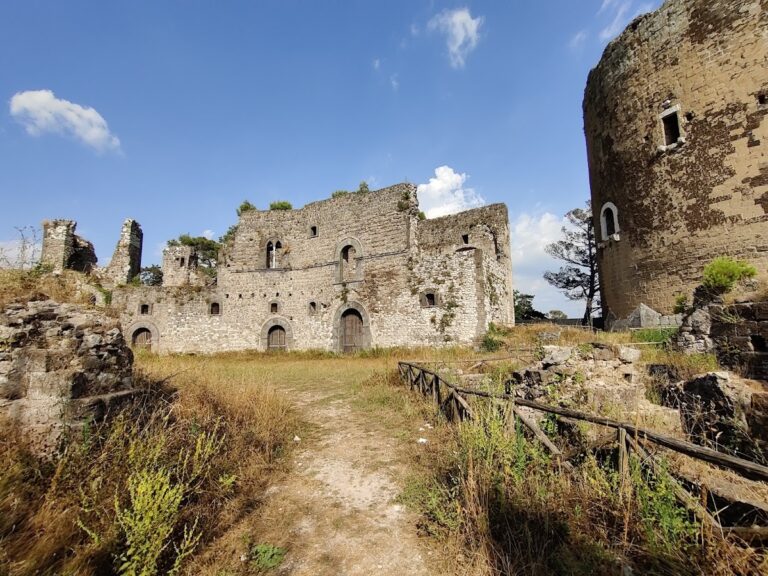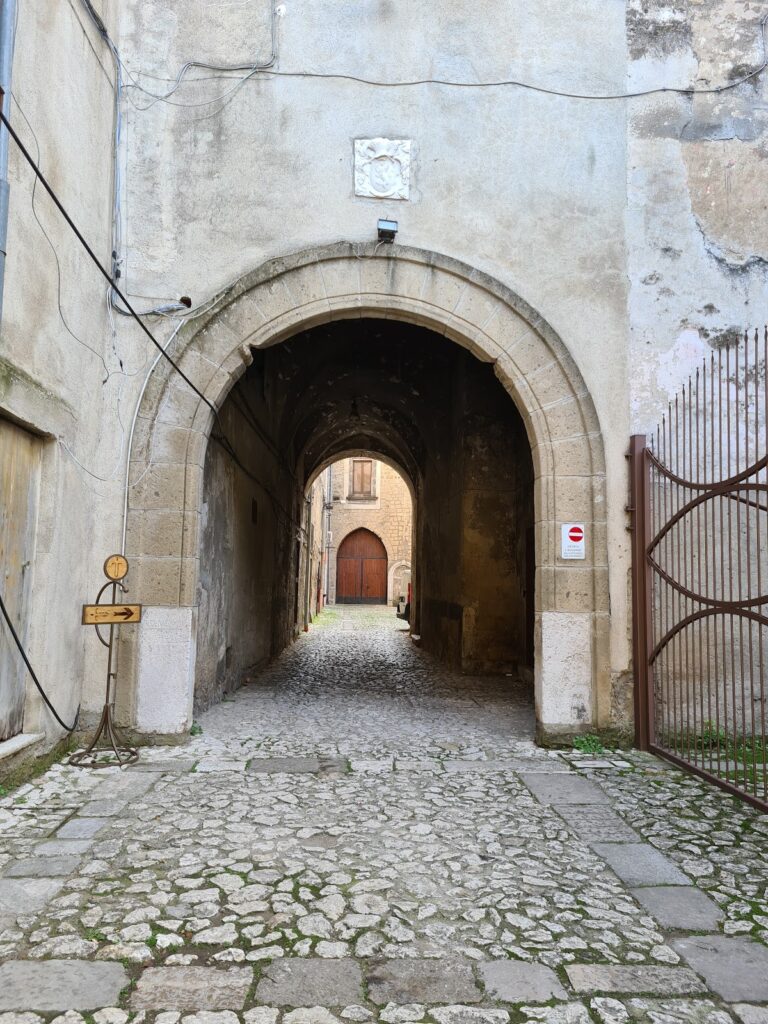Museo Provinciale Campano: Preserving Capua’s Archaeological and Historical Heritage
Visitor Information
Google Rating: 4.5
Popularity: Low
Google Maps: View on Google Maps
Official Website: www.museocampanocapua.it
Country: Italy
Civilization: Greek, Medieval European, Roman
Remains: Museum
History
The Museo Provinciale Campano is located in Capua within the Campania region of southern Italy. Capua was an important ancient city founded by the Oscan people and later became a significant Roman settlement. The museum itself is housed in Palazzo Antignano, a historic building with origins dating back to the 9th century during the Lombard period.
Palazzo Antignano was extensively rebuilt in the mid-15th century by Francesco Antignano under the reign of Alfonso V of Aragon. This reconstruction introduced late Gothic and Catalan-Moorish architectural styles to the palace. The building also preserves elements from the earlier Lombard church of San Lorenzo ad Crucem.
The Museo Provinciale Campano was established by royal decree on August 21, 1869. It officially opened to the public on May 31, 1874, with the purpose of preserving and displaying archaeological finds from ancient Campania and the Terra di Lavoro area, especially artifacts from Capua and nearby sites such as the Fondo Patturelli sanctuary.
In 1933, the museum’s collections were reorganized under the direction of Amedeo Maiuri to better separate classical and medieval artifacts. During World War II, on September 9, 1943, Allied bombing caused severe damage to Capua and Palazzo Antignano. Approximately 75% of the city was destroyed, and many museum artifacts, including frescoes, mosaics from the Temple of Diana at Sant’Angelo in Formis, votive statuettes, and some Matres Matuta statues, were lost or damaged.
Reconstruction of the museum began in 1945, leading to its reopening in 1956. The museum was reorganized into archaeological and medieval sections spread across 32 rooms, two courtyards, and a garden. Further modernization efforts culminated in a reopening in 2012, attended by the Italian President. The museum remains owned by the Province of Caserta and includes a library with around 70,000 volumes, manuscripts, and archives related to local history and notable figures such as Bartolomeo Intieri.
Remains
The Museo Provinciale Campano occupies Palazzo Antignano, a building originally constructed in the 9th century and rebuilt in the 15th century. The palace features a monumental entrance portal and a grand staircase reflecting late Gothic and Catalan-Moorish styles. Renaissance-style windows and architectural spolia from the Lombard period, including capitals and columns, are also present. Elements of the former Lombard church of San Lorenzo ad Crucem are preserved within an arch over Via Duomo.
The museum complex includes 32 exhibition rooms, two courtyards, and a garden. Its archaeological section holds the world’s most important collection of Matres Matutae statues, numbering between 150 and 160 terracotta figures dating from the 6th to 1st centuries BCE. These were mainly found at the Fondo Patturelli sanctuary near Capua and include votive offerings and architectural terracottas. Structural remains and original fragments of the Mater Matuta temple are also preserved within the museum.
The lapidarium, named after Theodor Mommsen, contains a rich collection of Latin inscriptions from the Campania Felix region. Among these is a dedicatory epigraph from the Capua colony to Emperor Hadrian, related to the restoration of the Campanian Amphitheatre. The museum also houses Roman Republican and Imperial funerary stelae and sarcophagi, bronze artifacts such as ornaments, fibulae (brooches), keys, and statuettes, as well as a large assortment of ceramics from Greek, Italic, and Campanian cultures, including Corinthian vases dating to the 7th century BCE.
Terracotta architectural elements like antefixes (decorative roof tiles) and other decorative tiles are part of the collection. The medieval section contains architectural fragments from the 10th to 13th centuries, including sculptures from the time of Frederick II and remains of the Porta Roma gate, built between 1234 and 1240. Renaissance funerary monuments are also exhibited.
The museum’s pinacoteca features paintings from the 13th to 18th centuries, alongside collections of coats of arms and inscriptions from various historical periods. Although the museum suffered significant damage during World War II, many artifacts were saved by prior removal. The building was reconstructed and restored after the war, preserving its historical and archaeological heritage.
